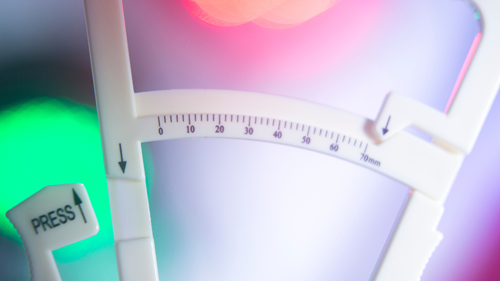Lap Band Surgery

Adjustable lap banding surgery helps patients lose weight with a procedure that is less complex than other bariatric surgeries.
This surgery does not cut, bypass, or divide the stomach and intestines.
Most patients return home after one day of hospitalization and return to full function very quickly.
How lap banding works
During the first part of the procedure, the surgeon places a fixed adjustable band around the upper part of the stomach.
The band puts pressure on the stomach, creating a feeling of satiety and limits the amount of food
that can be consumed at each meal.
During the second part of the operation, the surgeon inserts a device under the skin that enables the doctor
to loosen or tighten the band over time.
Following surgery, patients have a series of up to 10 doctor’s visits to adjust the band to the best setting.
Weight loss after lap band surgery is slower than with other bariatric methods.
Patients can expect to lose up to 50% of their excess weight during the first year after surgery.
Patients with lap bands find it difficult or impossible to eat certain foods, such as hard meat, bread, rice, and pasta.
The common possible complications involved in this surgery are pain, nausea, vomiting, bleeding, and blood clots.
Lap band advantages:
The procedure is less invasive procedure than other surgeries.
Recovery time is short.
Food is fully absorbed.
The band can be removed if necessary.
Lap band disadvantages:
Weight loss is less than other surgeries.
Patients are restricted in the variety of foods that they can eat.
The post-surgery process requires a number of doctor’s visits.

